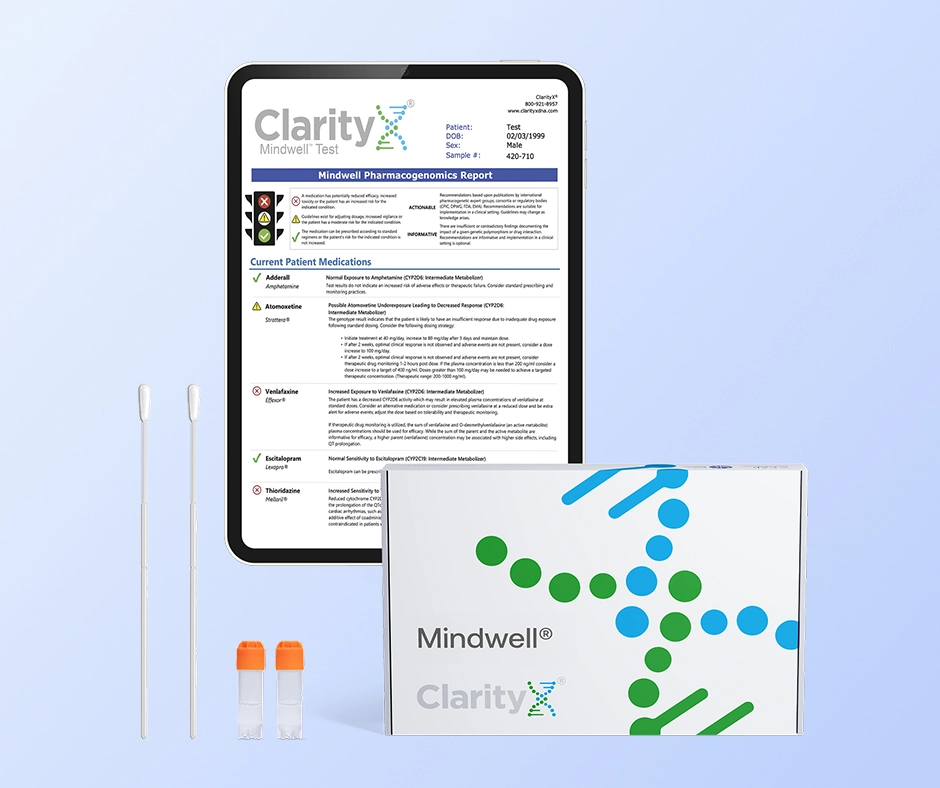Summer Sale! Save 25%
Free Express Shipping
Sale Ends: 08/01
Uses
Side effects
Interactions
Precautions
- VIMPAT is indicated for the treatment of partial-onset seizures in patients 4 years of age and older.
- As the safety of VIMPAT injection has not been established in pediatric patients, VIMPAT injection is indicated for the treatment of partial-onset seizures only in adult patients (17 years of age and older)
- Adjunctive therapy: Most common adverse reactions in adults (≥10% and greater than placebo) are diplopia, headache, dizziness, nausea
- Monotherapy: Most common adverse reactions are similar to those seen in adjunctive therapy studies
- Pediatric patients: Adverse reactions are similar to those seen in adult patients
Strong CYP3A4 or CYP2C9 Inhibitors
- Patients with renal or hepatic impairment who are taking strong inhibitors of CYP3A4 and CYP2C9 may have a significant increase in exposure to VIMPAT. Dose reduction may be necessary in these patients.
Concomitant Medications that Affect Cardiac Conduction
- VIMPAT should be used with caution in patients on concomitant medications that affect cardiac conduction (sodium channel blockers, beta-blockers, calcium channel blockers, potassium channel blockers) including those that prolong PR interval (including sodium channel blocking AEDs), because of a risk of AV block, bradycardia, or ventricular tachyarrhythmia. In such patients, obtaining an ECG before beginning VIMPAT, and after VIMPAT is titrated to steady-state, is recommended. In addition, these patients should be closely monitored if they are administered VIMPAT through the intravenous route.
- Monitor patients for suicidal behavior and ideation
- VIMPAT may cause dizziness and ataxia
- Cardiac Rhythm and Conduction Abnormalities: Obtaining ECG before beginning and after titration to steady-state maintenance is recommended in patients with underlying proarrhythmic conditions or on concomitant medications that affect cardiac conduction; closely monitor these patients
- VIMPAT may cause syncope
- VIMPAT should be gradually withdrawn to minimize the potential of increased seizure frequency
- Drug Reaction with Eosinophilia and Systemic Symptoms (DRESS)/ Multi-Organ Hypersensitivity: Discontinue if no alternate etiology


